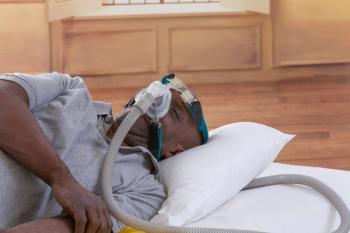
Underutilization of Follow-up Imaging in Breast Cancer Survivors a Cause for Concern
A study presented at the 2016 Annual Clinical Congress of the American College of Surgeons claims that one-third of women diagnosed with breast cancer do not receive their follow-up exam.
A study presented at the 2016 Annual Clinical Congress of the American College of Surgeons claims that one-third of women diagnosed with breast cancer do not receive their follow-up exam.
Researchers at the University of Wisconsin School of Medicine and Public Health
The results showed surveillance imaging declined by 8% from the first year (66%) to the fourth year (58%) of the study period. Further, of the women who did undergo surveillance imaging, only 10% received breast MRIs. The study’s lead author, Caprice C. Greenberg, MD, MPH, FACS, from the University of Wisconsin School of Medicine and Public Health, is surprised that more than 30% of women who are diagnosed with breast cancer do not undergo surveillance imaging at all. “For some reason, we are not plugging them into follow-up surveillance from the outset,” Greenberg
Association studies found that age, race, insurance status, overall health condition, stage of cancer, and the type of surgical procedure significantly influenced whether the women received follow-up surveillance imaging.
Study co-author Jessica R. Schumacher, PhD, associate scientist at the Wisconsin Surgical Outcomes Research Program, pointed out the importance of the women receiving guideline-recommended imaging. “Women who don’t receive imaging in that first follow-up year are not likely to receive recommended surveillance breast imaging longer-term,” Schumacher said. She added that ensuring the women receive guideline-recommended breast imaging in the first year can set the trend for subsequent imaging.
Greenberg said, “It’s important for healthcare practitioners to realize that it’s not enough to just put information out there. Instead, we have to be more thoughtful about how we implement what we recommend into the actual care process.”
Newsletter
Stay ahead of policy, cost, and value—subscribe to AJMC for expert insights at the intersection of clinical care and health economics.













































